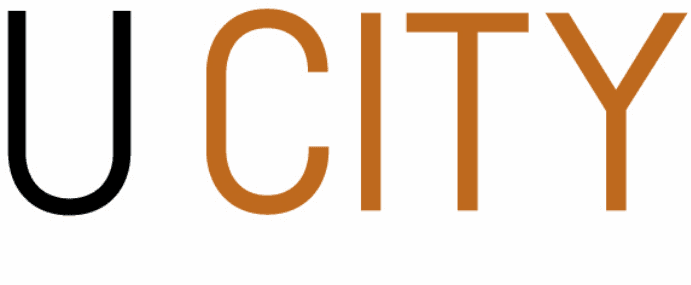Pictured: Robyn Sutherland, Uniting Communities Executive Director Services and founder of Ruby’s Reunification Program.
Right now, 13,000 Australian children aged 12 to 17 years are seeking help from homelessness services without a parent or carer. Most are girls. Four in five exit services without a stable home to go to. For children in contact with the homelessness system, suicide is the leading cause of death.
I’ve been in this sector for more than 40 years, and this crisis is nothing new. Back then, I watched too many unaccompanied children and youths bounce from couch to couch, crisis service to foster care, never finding stability. Research has long shown that child and youth homelessness negatively impacts physical and mental health, disrupts education and leads to lifelong disadvantage — unemployment, unsafe substance use, imprisonment.
We knew we couldn’t just pick up the pieces later — we had to intervene earlier. That’s why we launched the Ruby’s Reunification Program in 1993, helping 12 to 17 year olds safely return home through early counselling and family support.
Funded by the South Australian Government and delivered by Uniting Communities, Ruby’s began with a single house in Adelaide — a safe place for children to rebuild family relationships. Today, there are four Ruby’s houses across South Australia, and similar models now run in Queensland, Victoria and Western Australia.
Anecdotally, we saw many children immediately return home and rebuild their lives after contact with Ruby’s. Some even came back to work in youth services. But we lacked robust, long-term data. Were they staying in school? Avoiding emergency departments or youth justice? Without solid evidence, it remains challenging to demonstrate the effectiveness of early intervention programs like Ruby’s — making it harder to shape policy, guide investment, or drive improvements, to help avoid the high personal, social, and economic costs of youth homelessness.
That changed when we discovered the BEBOLD platform (Better Evidence Better Outcomes Linked Data), a powerful public data system in South Australia that links de-identified information from government sectors including health, education, child protection and justice services.
In partnership with the University of Adelaide and BetterStart Group, we recently launched the results from the first research project of it’s kind in Australia using not-for-profit data. We were able to utilise BEBOLD to track outcomes for children supported by Ruby’s two years on — compared to an equivalent group accessing other homelessness services.
Not sure what we’d discover, the results proved compelling:
6,400 at-risk children diverted from long-term homelessness since Ruby’s began.
More than 80 per cent returned home immediately after participating in Ruby’s.
Compared to peers, Ruby’s participants had seven per cent fewer drug and alcohol emergency visits and four per cent less contact with youth justice two years after leaving the program.
And we discovered something surprising: Ruby’s clients were younger and faced more complex issues than those in other services — yet still had better outcomes.
By combining Ruby’s de-identified internal program data with BEBOLD, we could track outcomes with no privacy issues, allowing robust analysis of what happened to children after they left our care.
This research is a game-changer. It’s the first of its kind in Australia—a non-government service using population-wide linked data to measure long-term outcomes. It confirms what we’ve seen for years: early intervention works.
Family reunification (where it’s safe to do so) works.
More importantly, it proves this model can reduce the personal, social and economic costs of homelessness — if we choose to invest.
It also shows what’s possible when the human services sector collaborates with researchers to produce high-quality, data-driven evidence. We now have a blueprint for scaling successful interventions and improving how we measure outcomes across the board.
The next step is clear: fund and expand programs like Ruby’s across the country—and continue building partnerships between services, researchers and government. Because when we get the support right early, we change lives—and we save futures.
As published in InDaily on 25 November 2025.






